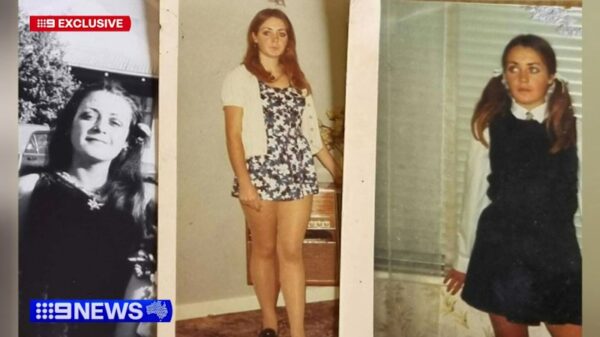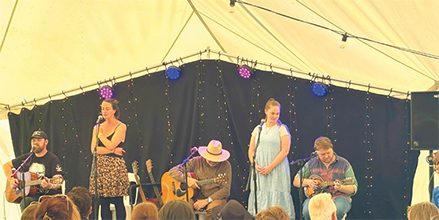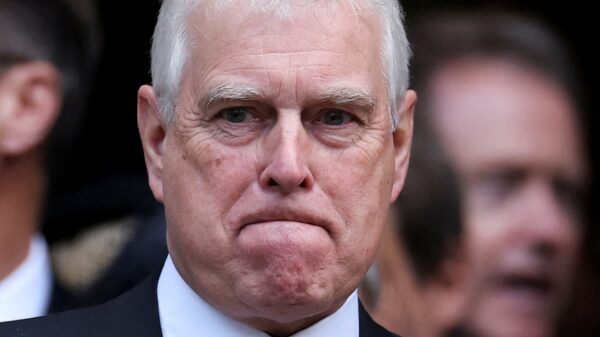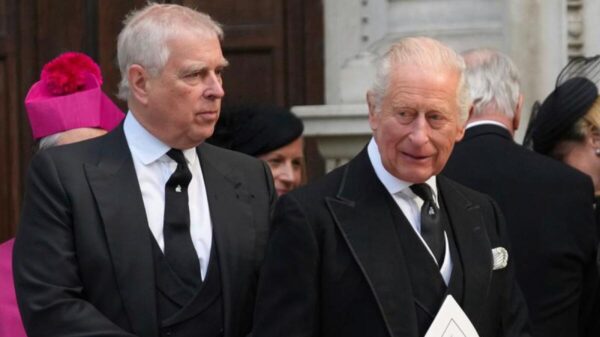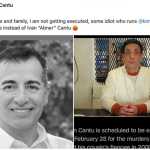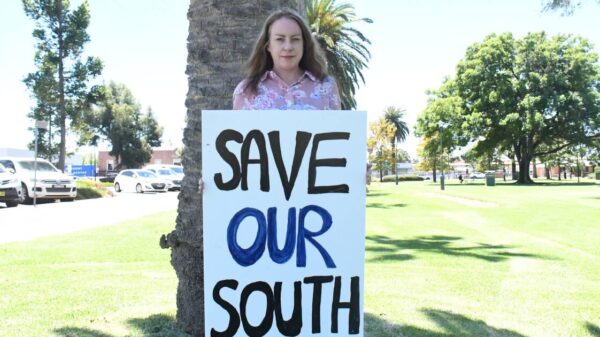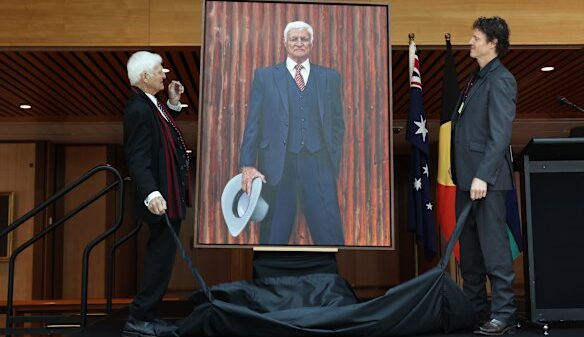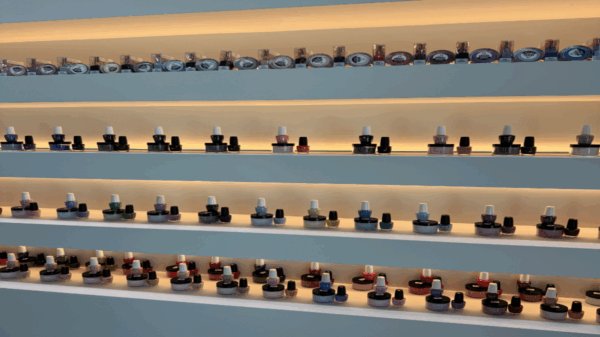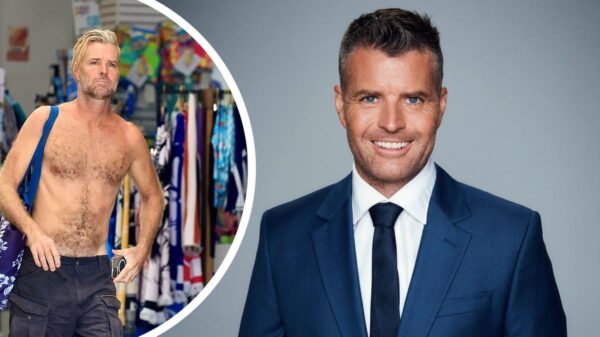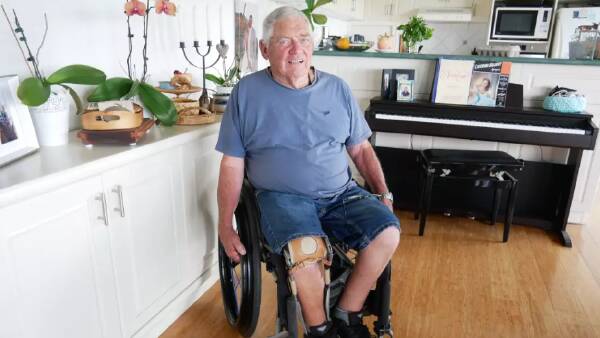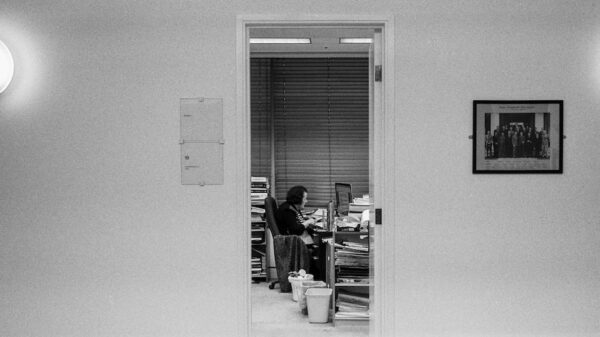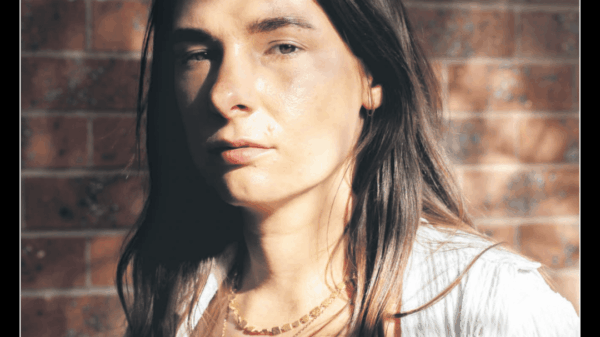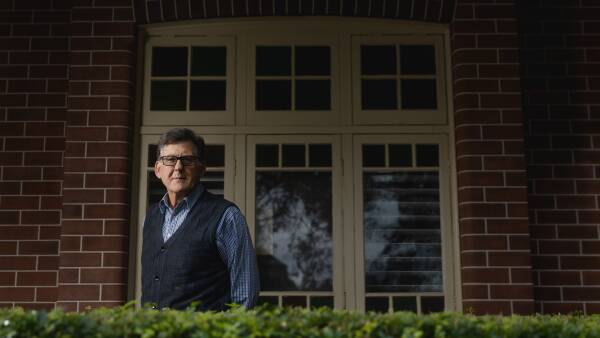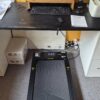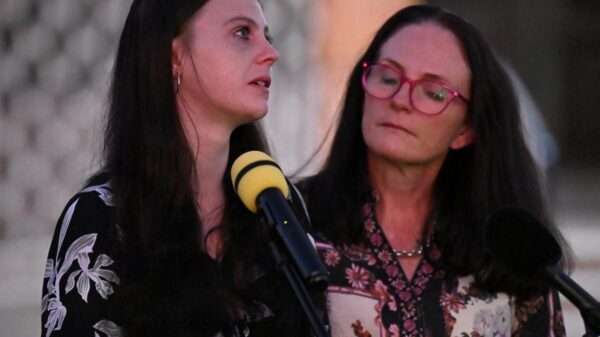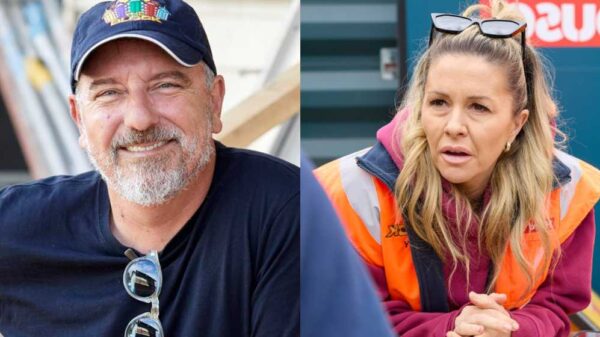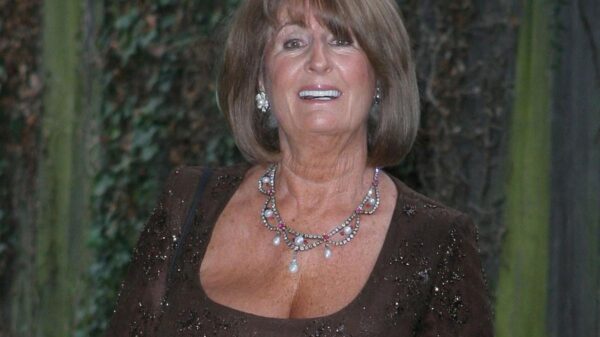BREAKING NEWS: A baby boy was born last week in Ohio from an embryo frozen for an astonishing 31 years, marking what is believed to be the longest storage time before a successful birth. Lindsey and Tim Pierce welcomed their son on October 7, 2023, from an embryo that had been in cryogenic preservation for 11,148 days, a record confirmed by their fertility doctor.
This remarkable event shines a light on the practice of embryo adoption, which is gaining traction among couples facing infertility. The Pierces turned to this option after years of struggling to conceive. Their journey began with a handful of donated embryos frozen since 1994, reflecting a broader ethical debate about the fate of unused embryos created during in vitro fertilization (IVF) processes.
“We didn’t go into this thinking about records — we just wanted to have a baby,” said Lindsey Pierce, emphasizing the emotional significance behind their choice. The couple’s success story comes amidst the backdrop of complex legal and moral considerations surrounding frozen embryos, particularly following a 2024 Alabama Supreme Court decision that granted legal status to frozen embryos as children.
The embryos were donated by Linda Archerd, 62, who has been involved in IVF since the early 1990s. After her personal journey with fertility, Archerd felt compelled to ensure her embryos found loving homes. “I wanted to be a part of this baby’s life,” she said, reflecting on the emotional roller coaster of her decision.
The embryos were transferred from Archerd’s fertility clinic in Oregon to Rejoice Fertility in Knoxville, Tennessee, a clinic known for its commitment to preserving frozen embryos. Of the three embryos donated to the Pierces, only one successfully implanted, leading to the birth of their son.
Dr. John David Gordon of Rejoice Fertility confirmed that this birth sets a new precedent in the medical community. Previously, the record was held by Lydia and Timothy Ridgeway, who were born from embryos frozen for 30 years or 10,905 days. “These stories catch the imagination,” Dr. Gordon remarked, while also advocating for addressing the larger issue of why so many embryos remain in storage.
As the story unfolds, Archerd expressed her hope to stay connected with the Pierces and their newborn, stating, “I’d love to meet them someday. That would be a dream come true.” The emotional connection among all parties involved illustrates the profound impact of embryo adoption, which is still a relatively rare practice in the U.S., accounting for only about 2% of births from IVF.
With approximately 1.5 million frozen embryos currently stored in the U.S., many couples grapple with the decision of what to do with their leftover embryos. The growing trend of embryo donation is seen as a solution, ensuring that these embryos have the chance to develop into life, rather than languishing in storage.
The Pierces’ story serves as a beacon of hope for many couples facing similar struggles, highlighting both the scientific advancements in fertility and the emotional journeys of those involved. As they navigate parenthood, the Pierces and Archerd are set to redefine family connections through this unique and inspiring experience.
Stay tuned for more updates on this heartwarming story that is capturing the attention of many across the nation.



